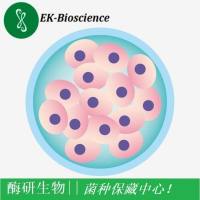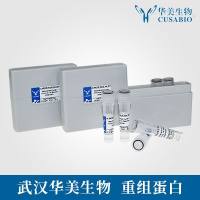Reconstitution System Based on Cytosol-Depleted Cells to Study the Regulation of Phospholipase D
互联网
互联网
相关产品推荐

ThalesNano X-Cube™ CatCart® catalyst cartridge system,Accufluor™ on alumina,阿拉丁
¥1616.90

DAR-4M,A rhodamine-based photo-stable nitric oxide (NO) fluorescent indicator with a detection limit of ~10 nM.,阿拉丁
¥8310.90

灰色链霉菌/灰色链霉菌/IMAS Study Class M4.3
¥1500

Furin human,重组, ≥95%(SDS-PAGE), expressed in HEK 293 cells,阿拉丁
¥5110.90

pepA/pepA蛋白Recombinant Stenotrophomonas maltophilia Probable cytosol aminopeptidase (pepA)重组蛋白Leucine aminopeptidase;LAP;Leucyl aminopeptidase蛋白
¥1536
相关问答

